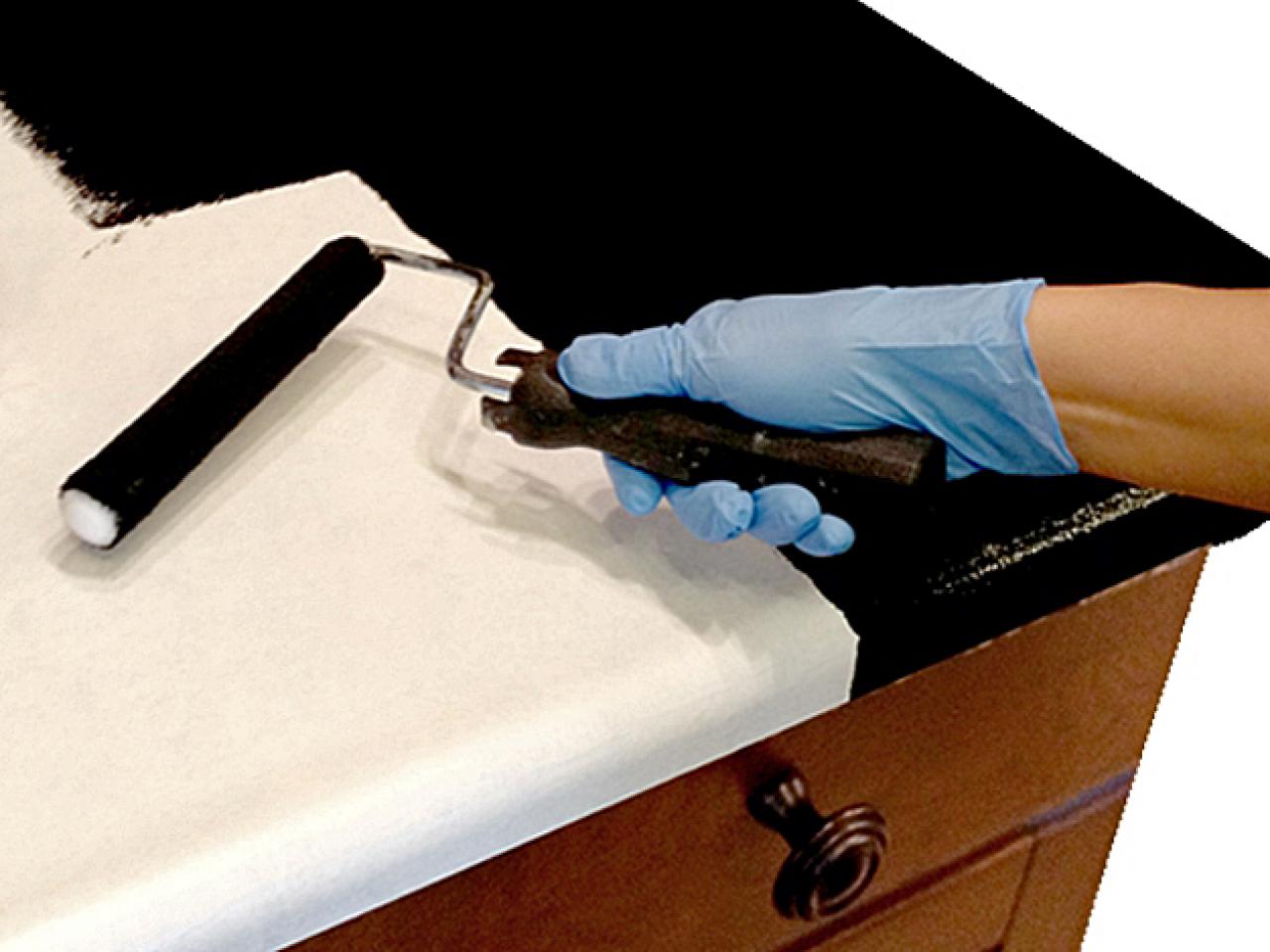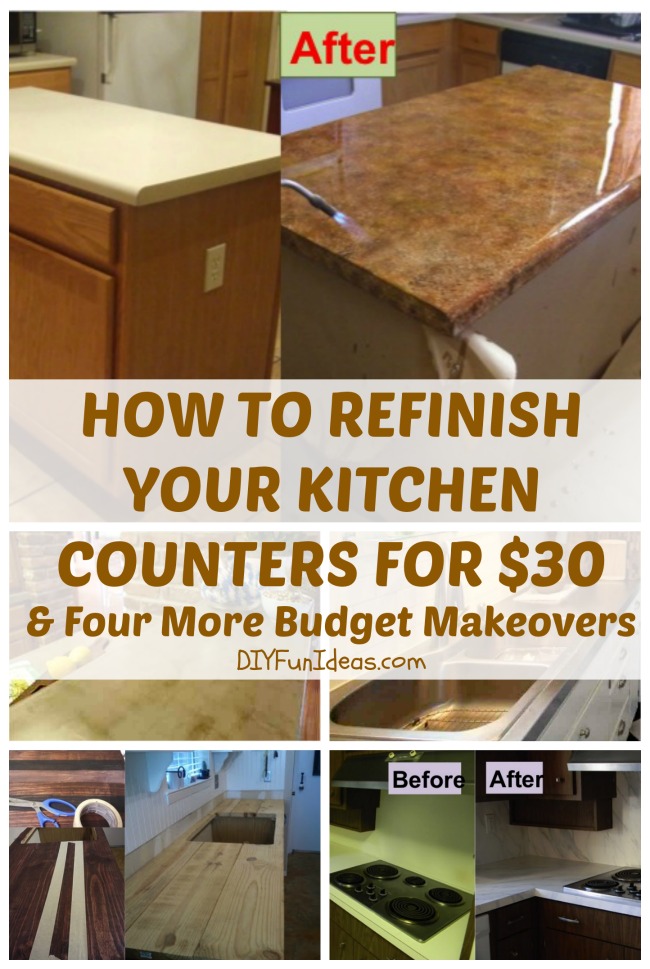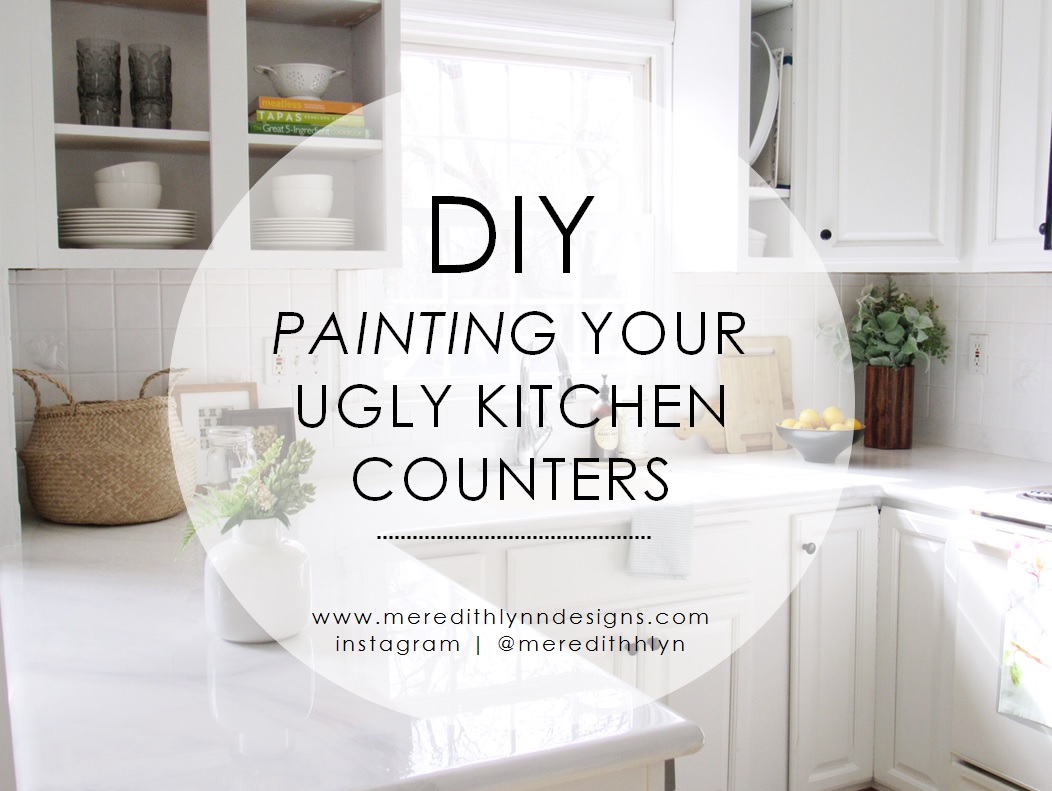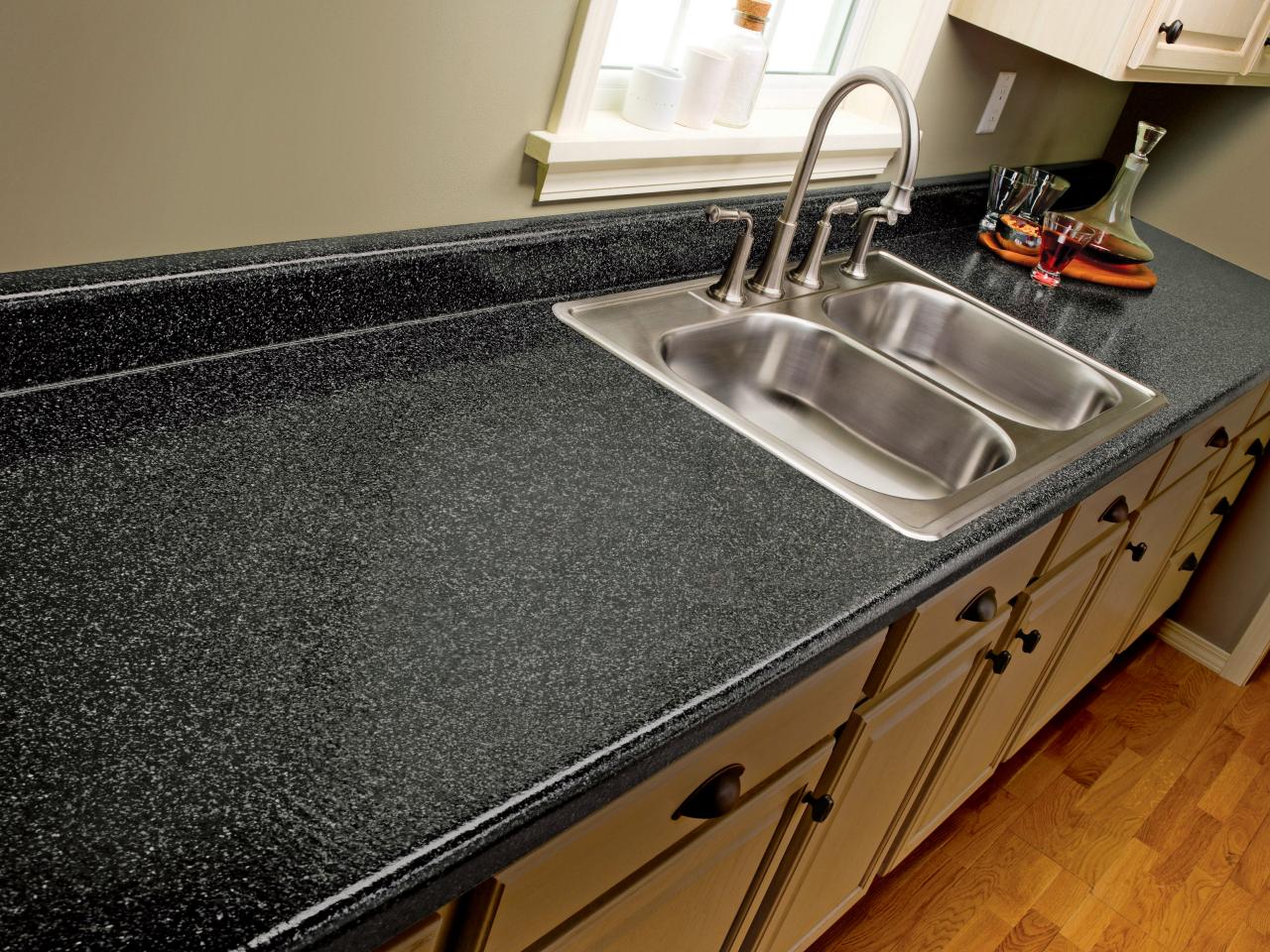Redoing kitchen countertops yourself can be a rewarding project that gives your kitchen a fresh look without the high cost of professional installation. With the right planning, materials, and patience, you can transform your kitchen space into something that feels brand new. The first step is deciding on the material. Many options include laminate, granite, quartz, concrete, or even wood. Each comes with its benefits and challenges, so it’s important to choose based on your budget, experience level, and the aesthetic you’re aiming for. Once you’ve picked the material, the next step is to gather all the necessary tools and materials. For most countertop projects, you’ll need basic tools like a circular saw, measuring tape, safety glasses, a power sander, adhesive, and sealant. Planning thoroughly will help you avoid unnecessary trips to the hardware store and make the process much smoother.
Before jumping into cutting or installing, the first thing I did was take detailed measurements of my existing countertops. Accuracy is key here because even a small miscalculation can lead to gaps or overhangs that throw off the entire look. I used a tape measure to get precise dimensions and double-checked every measurement. Once I had the measurements, I sketched out a rough plan of my kitchen layout to visualize where seams would go and how the new countertops would fit. This step helped me anticipate potential issues before they arose. If you’re cutting a slab of granite or wood, it’s best to use a template made of cardboard or foam board to ensure that you get the cuts right. Templates act as a physical guide, making it much easier to avoid mistakes when cutting the actual material.
After creating my template, I moved on to the preparation phase. I removed the old countertops carefully to avoid damaging the cabinets underneath. This can be a delicate task, especially if the old countertops are glued down or have built-in backsplashes. Using a utility knife, I cut along the caulking lines and pried the countertops loose, being careful not to exert too much force. Once the old countertops were removed, I inspected the cabinets to make sure they were level and sturdy enough to support the new weight. If the cabinets are not level, you’ll need to shim them until they are; otherwise, the new countertop could end up looking crooked or develop cracks over time.
With the base prepared, it was time to start cutting the new countertop material. If you’re working with laminate or wood, a circular saw will do the job, but for harder materials like granite or quartz, you may need a wet saw with a diamond blade. When cutting, I made sure to wear safety gear, including safety glasses, gloves, and a dust mask. Cutting countertop materials can release a lot of dust and small particles, which can be harmful if inhaled. Also, make sure to cut in a well-ventilated area. For intricate cuts, such as those needed to fit around sinks or corners, I took it slow and used a jigsaw for added precision.

Once the pieces were cut to size, it was time to dry-fit them in place. This step is crucial because it gives you a chance to see how everything lines up before committing to gluing anything down. I placed each section of the countertop on the cabinets and checked for levelness and fit. If there were minor gaps or uneven sections, I used a sander to smooth out the edges until everything aligned perfectly. Once satisfied with the fit, I marked where the seams would go and planned out where to place adhesive and supports.
Applying the adhesive was the next step. For laminate and wood countertops, a strong construction adhesive works well. I spread the adhesive evenly on the top of the cabinets using a notched trowel, making sure to cover all the areas where the countertop would make contact. For heavier materials like granite or quartz, a two-part epoxy is often used because it offers a stronger bond. After applying the adhesive, I carefully set the countertop pieces in place, pressing down gently to ensure good contact.
Securing the seams was my next focus. For laminate countertops, I used seam filler to create a smooth transition between pieces. If you’re working with stone, a specialized seam setter, which uses suction cups and clamps to pull the pieces tightly together, is a worthwhile investment. I applied the seam setter and tightened the clamps until the seam was virtually invisible. For extra stability, I added metal brackets underneath to hold everything securely. Allow the adhesive or epoxy to dry fully before moving on, as disturbing the pieces too early can weaken the bond.

The final step was sealing the countertop. This step is essential for materials like wood, concrete, and stone, as it protects against stains and moisture damage. I applied a high-quality sealant using a foam brush, making sure to cover all surfaces, including edges and seams. For laminate countertops, sealing isn’t always necessary, but adding a protective topcoat can prolong its life. I allowed the sealant to cure for the recommended time, which can vary from a few hours to a couple of days depending on the product.
After everything was dry and secure, I moved on to the finishing touches. Reinstalling the sink was one of the last steps. I used a bead of silicone caulk around the edges of the sink cutout to create a watertight seal before lowering the sink into place. Once the sink was secure, I connected the plumbing and tested it for leaks. If your project involves a backsplash, this is the time to install it. I cut matching pieces of laminate or tile and secured them to the wall using adhesive and finishing nails, creating a cohesive look that ties the countertop and wall together.
Finally, I stepped back and admired the transformation. A DIY countertop project takes time and effort, but the results are often worth it. Not only did I save a significant amount of money by doing it myself, but I also got the satisfaction of knowing I created something unique for my kitchen. With the right tools and a bit of patience, redoing kitchen countertops can be a manageable project for even a novice DIYer.

Common Mistakes to Avoid
Skipping the Planning Phase: One of the most common mistakes is not taking the time to plan out every detail. Failing to measure accurately or not considering the material’s thickness can lead to misaligned countertops or even wasted materials. Always double-check your measurements and create a detailed layout before cutting anything.
Using the Wrong Tools: It’s tempting to use whatever tools you have on hand, but for certain materials like granite or quartz, you’ll need specialized equipment. Using the wrong saw or adhesive can damage the material and create uneven cuts or weak bonds.
Ignoring Cabinet Levelness: Before installing the new countertops, make sure the cabinets are level. Uneven cabinets will cause the countertops to sit incorrectly, which can lead to cracking, warping, or visible seams.
Rushing the Adhesive Application: Many DIYers tend to apply adhesive too quickly or unevenly, which can result in poor contact and weak bonds. Take your time to spread adhesive or epoxy evenly and allow it to dry fully before applying any pressure.
Overlooking Seams and Edges: When joining two pieces together, even the slightest gap can be an eyesore. Always take the time to line up seams carefully, use seam setters for stone, and apply seam filler for laminate to ensure a smooth finish.
Skipping the Sealant Step: For materials like wood and stone, sealing is essential to protect against water damage and stains. Skipping this step or using a low-quality sealant can result in irreversible damage over time.

What’s the best material for a DIY kitchen countertop project?
The best material depends on your skill level and budget. Laminate and wood are beginner-friendly and relatively affordable, while granite and quartz require more skill and specialized tools. If you’re new to DIY projects, laminate is a good option because it’s lightweight and easy to cut.
How long does it take to redo kitchen countertops?
The timeline varies depending on the material and scope of the project. For a straightforward laminate replacement, it might take a weekend. However, more complex projects involving heavy materials like granite could take up to a week, especially if you include drying times for adhesive and sealant.
Can I install a new countertop over the old one?
In some cases, you can install new countertops over existing ones, especially if the old countertop is in good condition. However, this approach can add height and might interfere with appliances or sinks. It’s usually best to remove the old countertop to ensure a smooth and level surface for the new one.

What type of adhesive should I use?
The adhesive choice depends on the material. For laminate and wood, a strong construction adhesive works well. For granite and quartz, use a two-part epoxy. Make sure to choose a product designed specifically for your countertop material to ensure a strong bond.
How do I avoid visible seams?
To minimize visible seams, carefully plan where the seams will go and use color-matched epoxy or seam filler. Investing in a seam setter can help pull the pieces tightly together. For wood or laminate, sanding and finishing the seam area can also help create a smooth transition.
Do I need to seal my new countertops?
It depends on the material. Wood, concrete, and stone countertops should always be sealed to prevent staining and water damage. Laminate doesn’t typically require sealing, but adding a topcoat can increase durability. Always follow the manufacturer’s recommendations for sealing products and procedures.

Amazing DIY Countertops you can make for cheap

Follow The Yellow Brick Home – Amazing DIY Kitchen Countertop

I Painted My Kitchen Countertops

Related articles: